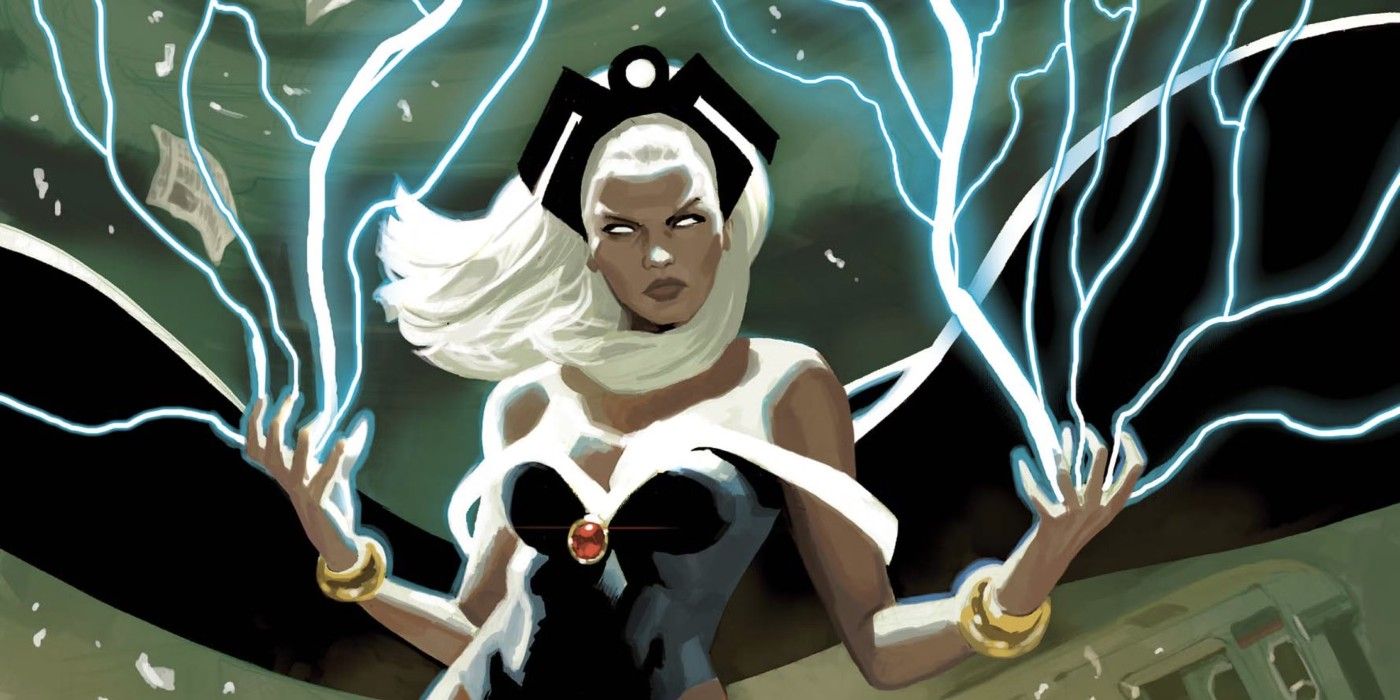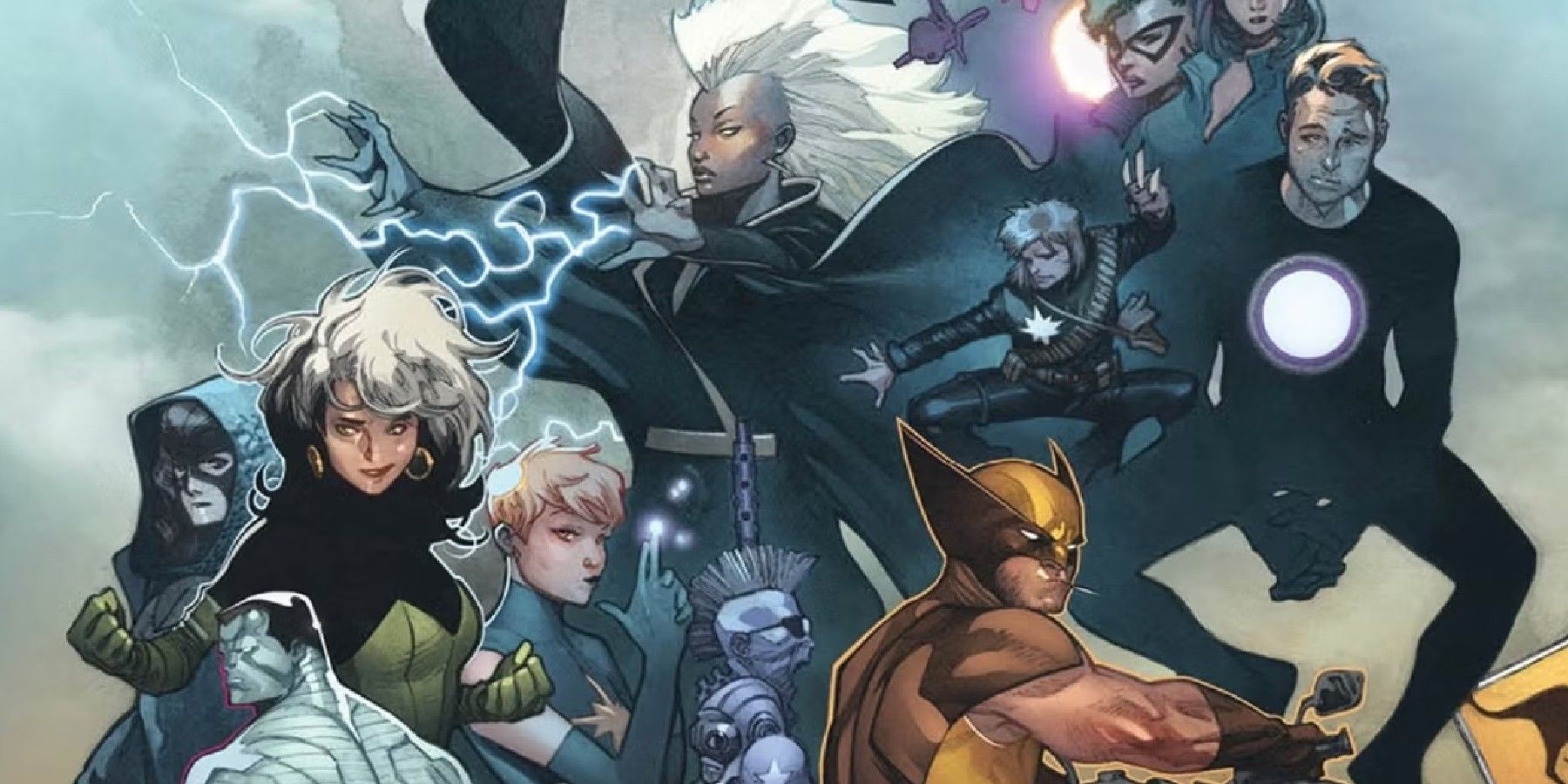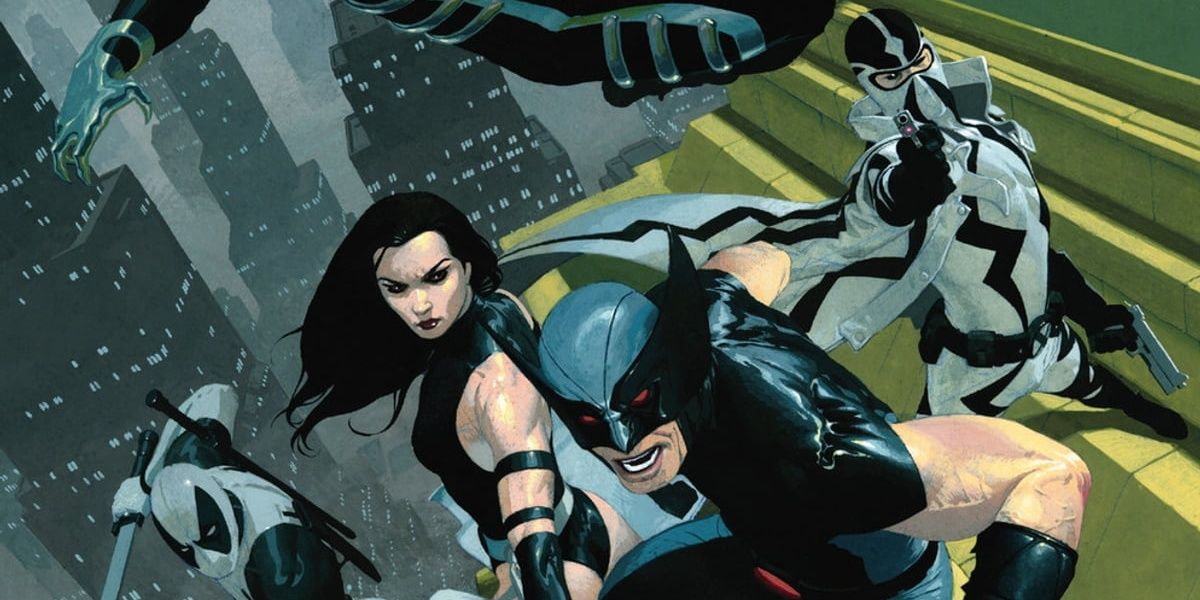As one of Marvel’s most popular X-Men, Storm’s impact on the team is well-known, but her impact on X-Force is less recognized. Ororo has fought for her people and saved the world more times than most readers can count. But one thing fans may not realize is that Storm’s tenure as leader of the X-Men foreshadowed a notable change in the way the mutant heroes fought the good fight – a change that would ultimately lead to the inception of the fan-favorite X-Force.
While the X-Men traditionally operate as more public-facing superheroes protecting a world that hates and fears them, X-Force’s mandate is to hunt down and stamp out potential threats to mutantkind with extreme prejudice. Over the years, their methods have become more and more questionable. But while the team has seen many iterations, their proactive war was being fought long before X-Force was even an idea, thanks to Storm’s leadership of the Uncanny X-Men.
After the X-Men are thought dead following the events of Uncanny X-Men #277 by Chris Claremont and Marc Silvestri, Storm enacts Plan Omega – a protocol in which the X-Men work off the grid to proactively take down threats to mutantkind similar to the work of what would become the X-Force. This new status quo continues into what fans affectionately call the “Outback Era” in which Marvel’s Merry Mutants begin operating out of an abandoned town situated in the Australian Outback after ousting the bloodthirsty Reavers in Uncanny X-Men #229 again by Claremont and Silvestri. During this clandestine era of fieldwork, the X-Men take on such threats as the Brood, Nanny and the Orphan-Maker, and even the forces of the mutant-apartheid state Genosha.
Though this more black-ops status quo is ultimately temporary, it sets a notable precedent for various X-teams that follow. After Cable takes over mentorship of the New Mutants, the team quickly graduates into the first official X-Force with a self-titled series by Fabian Nicieza and Rob Liefeld. The young heroes follow in Storm’s footsteps by taking down threats to mutantkind in a more aggressive manner than Professor Xavier’s usual peaceful doctrine. This trend has continued in every iteration of the X-Force title since, with each version of the black-ops squad more ruthless than the last. While Cable was the primary motivator behind the creation of the first official X-Force team, the X-Men’s Outback Era proved that such a dynamic could work. Mutants working in secret to protect their species is hardly an original idea, but up until Storm initiates her more proactive mandate, such methods were primarily reserved for Magneto or Mystique’s Brotherhood of Mutants.
Ultimately, Storm’s X-Men were nowhere near as radical as those villains. But even so, her team’s more aggressive operating procedures set the tone for a more clandestine sort of heroism that has only become more popular amongst X-Men titles in the years since. Even now, the ongoing X-Force series by Benjamin Percy, Robert Gill, and more follows in the Outback Era’s more aggressive footsteps albeit with harsher protocols and government support from Krakoa's Quiet Council at their backs.
Whether or not Storm realizes what her tenure as the X-Men’s leader inspired, her impact on the team’s trajectory cannot be denied. After all, Ororo Munroe may be best known as one of the X-Men’s most iconic leaders. And as the current Regent of Arakko, Storm is once again in a position to make some serious waves within the Marvel Universe. But when it comes to inspiring Marvel’s X-Force, Storm has yet to receive her due credit.



